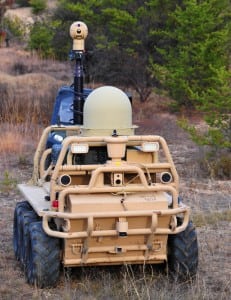
Lockheed Martin [LMT] and others in industry are awaiting the capabilities design document for the Army’s Squad Multipurpose Equipment Transport (S-MET), which is expected to outline three vehicle sizes and at least three mission variants. Don Nimblett, unmanned systems business development at Lockheed Martin, said that he has gotten some information from the user community in the Army regarding the S-MET program, most notably that the Army is interested in having a small, medium and large variant. Nimblett said Lockheed…













